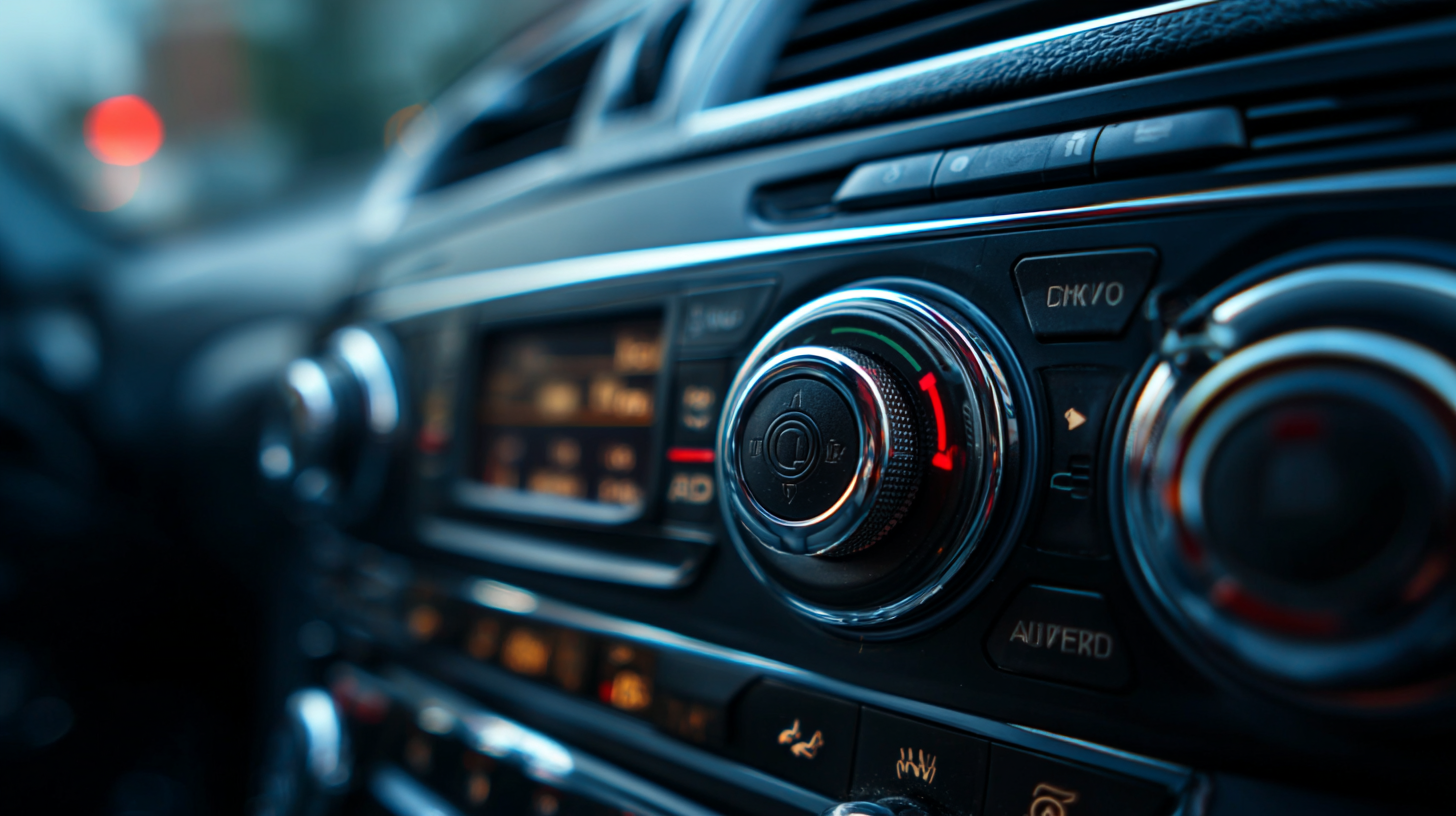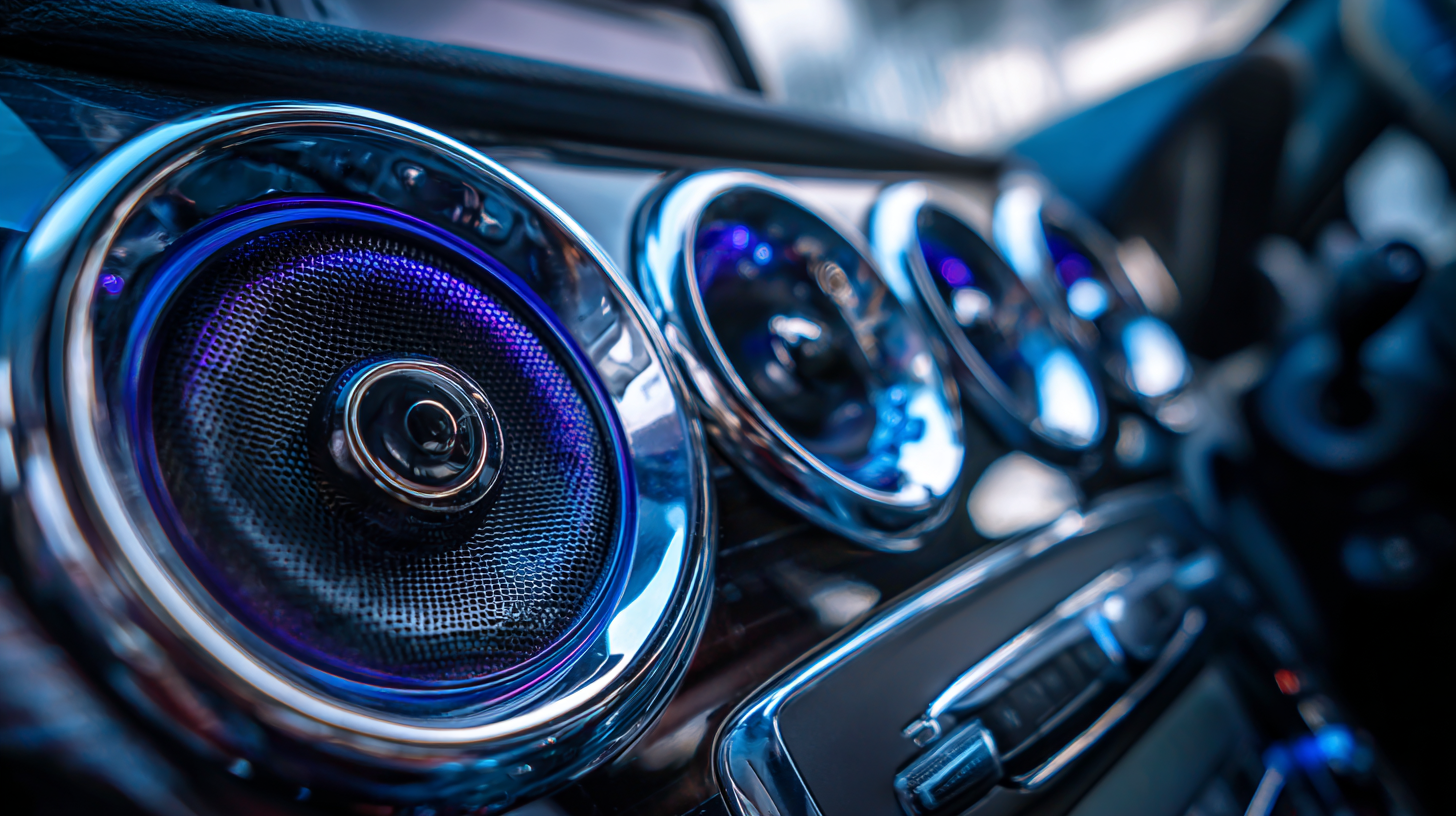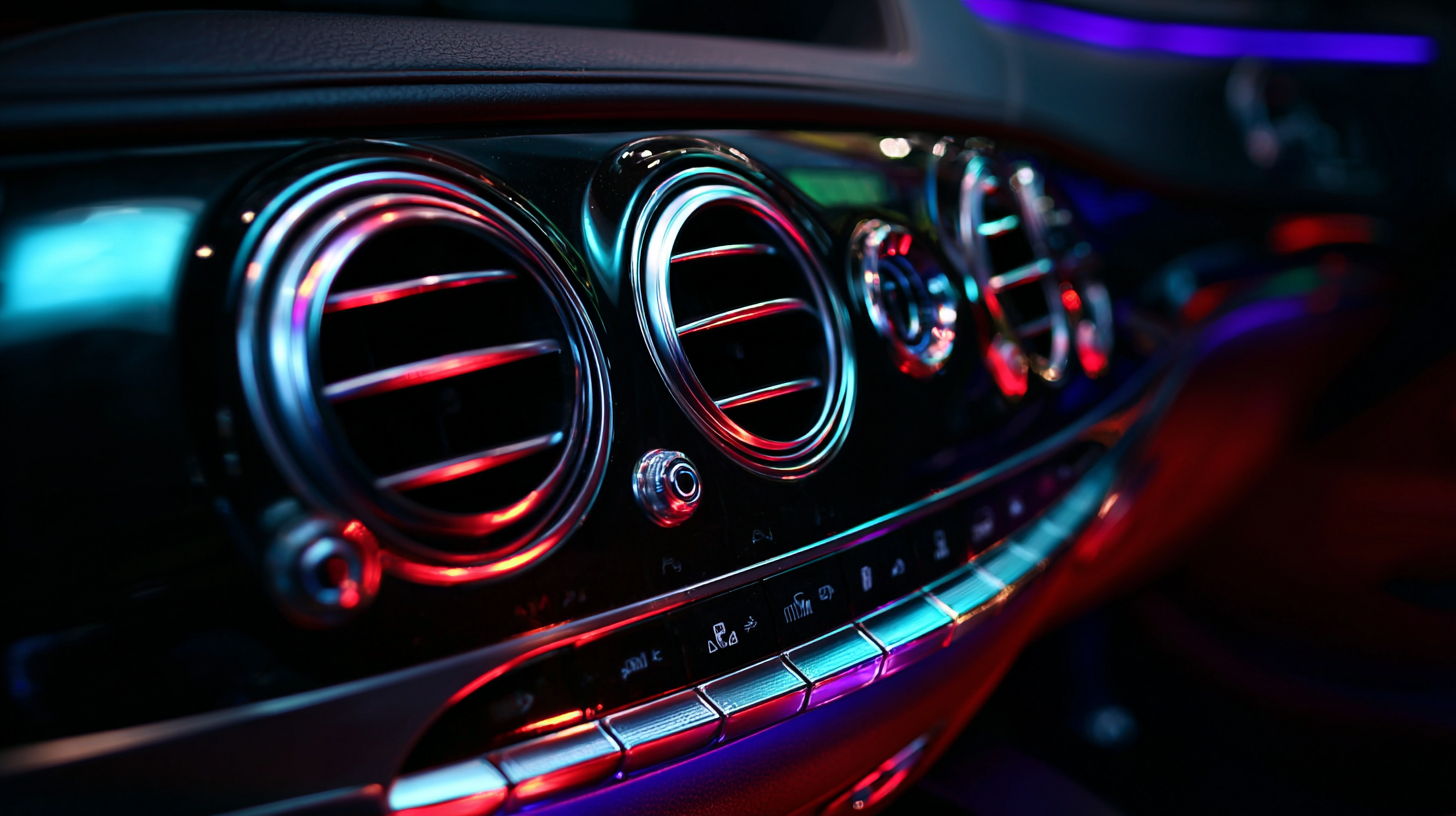How to Choose the Perfect Car Audio System for Your Vehicle
In today's fast-paced world, a quality car audio system has become an essential component of the driving experience for many vehicle owners. According to a report by MarketsandMarkets, the global car audio market is projected to grow from USD 30.00 billion in 2020 to USD 52.57 billion by 2026, highlighting a growing consumer demand for superior sound systems.

With advancements in technology and a plethora of options available, selecting the perfect car audio system can be overwhelming. Factors such as sound quality, compatibility with devices, and installation requirements play crucial roles in making an informed decision. Whether you are an audiophile seeking ultimate sound performance or a casual listener wanting to enhance your daily commute, understanding how to choose the right car audio system is vital to maximizing your automotive audio enjoyment.
Understanding Your Vehicle's Acoustic Environment
Understanding your vehicle's acoustic environment is crucial when choosing the perfect car audio system. According to a report by the Consumer Electronics Association, over 70% of drivers consider sound quality as a primary factor in their vehicle purchase. The unique acoustic properties of different vehicles significantly impact audio performance. Factors such as cabin size, speaker placement, and materials used in the interior can enhance or inhibit sound quality. For instance, a compact car may require speakers designed for focused sound projection, while larger vehicles benefit from subwoofers to fill larger spaces with bass.
**Tips**: First, evaluate your vehicle’s interior layout. Perform sound tests by listening to various types of music to identify acoustical dead spots. Secondly, consider upgrading soundproofing materials, as a properly insulated cabin can drastically improve audio clarity and reduce unwanted noise interference. Finally, seek expert advice or professional installation to make the most of your audio system; research shows that proper speaker placement can elevate sound quality by up to 30%. Adapting your audio system to your vehicle’s acoustic environment leads to a significantly enhanced listening experience.
How to Choose the Perfect Car Audio System for Your Vehicle
This chart compares the sound frequency response of various audio systems suitable for cars. The data reflects the average decibel levels (dB) across different frequency ranges commonly used in car audio systems.
Identifying Your Listening Preferences and Requirements
When selecting the perfect car audio system for your vehicle, understanding your listening preferences is crucial. According to a recent survey conducted by the Consumer Technology Association, 71% of car owners believe that a high-quality audio system significantly enhances their driving experience. This statistic emphasizes the importance of identifying whether you enjoy deep bass sounds for genres like hip hop and electronic, or if you prefer clarity and balance for classical or acoustic music. Knowing your music style can help you decide on components such as subwoofers and speaker configurations.
Furthermore, consider your usage requirements. For instance, if you're an audiophile who spends long hours on the road, investing in a system with advanced features, such as customizable equalizers and high-resolution audio codecs, may be worthwhile. Research from the International Society of Audiophile Engineers highlights that nearly 58% of listeners reported an improved sound experience when they utilized high-fidelity audio formats. Evaluating these factors based on your preferences and habits will guide you to a system that not only fits your vehicle but also enriches your listening experience each time you hit the road.
Comparing Car Audio System Types and Features
When it comes to selecting a car audio system, understanding the different types and their features is essential for making the right choice. The most common types of systems include single-DIN and double-DIN head units. A single-DIN unit is a standard 7-inch-wide format that can fit into most vehicle dashboards, offering basic functionalities. In contrast, double-DIN units provide more screen space, allowing for advanced features like touchscreen controls and video playback, appealing to tech-savvy users who enjoy enhanced multimedia experiences.
In addition to the head unit type, consider the audio components such as speakers and amplifiers. Full-range speakers, which combine woofers and tweeters, are versatile and easy to install, making them a popular choice for casual listeners. For those who prioritize sound quality, component speakers separate the various audio frequencies, providing a more immersive experience. Amplifiers play a crucial role, as they boost audio signals to deliver clearer sound at higher volumes. Evaluating these features in relation to your listening preferences and vehicle compatibility will help you find the perfect audio system tailored to your needs.
Assessing Compatibility with Your Vehicle's Space and Style
When choosing the perfect car audio system, compatibility with your vehicle’s space and style is paramount. Understanding the dimensions and layout of your car’s interior will help you select a system that not only fits physically but also complements the overall aesthetic of the vehicle. Just as recent assessments of cargo space emphasize that manufacturer specifications can often be misleading, a thorough evaluation of your car's available areas is critical. Take measurements of your dashboard, doors, and any other relevant spaces to ensure that speakers and head units are suitable for installation without compromising other features.

In addition to physical space, consider the style of your vehicle. The audio system should enhance your car's interior rather than detract from it. Whether your vehicle has a modern, sleek design or a more classic look, choosing components that align with these stylistic themes will contribute to a cohesive atmosphere. Pay attention to finish and color options, as well as how the audio system integrates with existing controls and displays. By emphasizing compatibility in both space and style, you can ensure that your car audio system not only sounds great but also looks like it belongs.
Setting a Budget and Finding the Best Value Options
When setting a budget for a car audio system, it is essential to prioritize both quality and value. Start by determining how much you’re willing to spend, taking into account other expenses such as installation and additional accessories. It’s critical to balance your budget with the quality you expect from the audio system. Investing too little may result in a subpar sound experience, while overextending your budget can lead to financial strain.

Research is key to finding the best value options within your budget. Look for systems that have a good reputation for reliability and sound quality, and compare features across brands. Additionally, consider the resale value of the equipment, as certain brands or models may retain value better than others. This approach not only helps you make a sound investment but also maximizes your enjoyment of in-car audio without breaking the bank.
Related Posts
-

8 Essential Tips for Elevating Your Car Audio Experience
-

Ultimate Checklist for Choosing the Best Car Speakers for Your Sound System
-

Top Strategies for Enhancing Your Car Audio Experience with High-Quality Audio Systems
-

Essential Checklist for Upgrading Your Car Entertainment System
-

Discover the Advantages of Upgrading to Component Speakers for Your Sound System
-

How to Choose the Perfect Vehicle Audio System for Your Road Adventures
